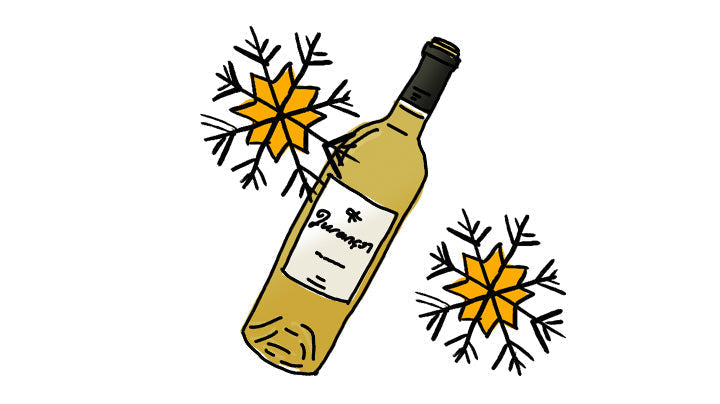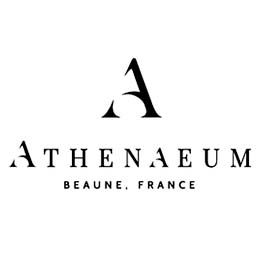Properly storing wine at home is essential to preserve its quality and aging potential. Here are some best practices to ensure optimal storage conditions:
-
Steady and moderate temperature: Maintain a consistent temperature between 11°C and 14°C (52°F to 57°F) for red wines and between 7°C and 12°C (45°F to 54°F) for white wines. Temperature fluctuations can alter wine and accelerate aging.
-
Darkness: Avoid direct sunlight and intense artificial light exposure, as they can compromise wine characteristics. Store bottles in a dark place or use wooden crates, wine cabinets, or specially designed cellars.
-
Proper humidity: Maintain a relative humidity of around 70% to prevent cork from drying out. Dry corks might lead to air and oxygen leakage into the bottle.
-
Horizontal position: Store cork-sealed wine bottles horizontally. This keeps the cork in contact with the liquid, preserving its moisture and preventing air leaks.
-
Stability: Prevent vibrations and abrupt movements, as they can disrupt the wine aging process and impact its taste.
-
Minimal aeration: Minimise air circulation around the bottles to avoid odour variations that could alter the wine.
-
No Strong odours: Avoid storing wine near items with strong odours, as wine can absorb these odours and affect its aromas.
-
Environmental stability: Sudden environmental changes can harm wine. Steer clear of abrupt temperature, humidity, and other environmental shifts.
-
Rotation: If you have a constantly evolving collection, follow the "first in, first out" principle to ensure you consume bottles in the correct aging order.
-
Regular monitoring: Regularly check your bottles for any signs of trouble, such as leaks, damaged corks, or visual changes.
By adhering to these best practices, you can store your wines optimally and fully enjoy their evolution over time.














